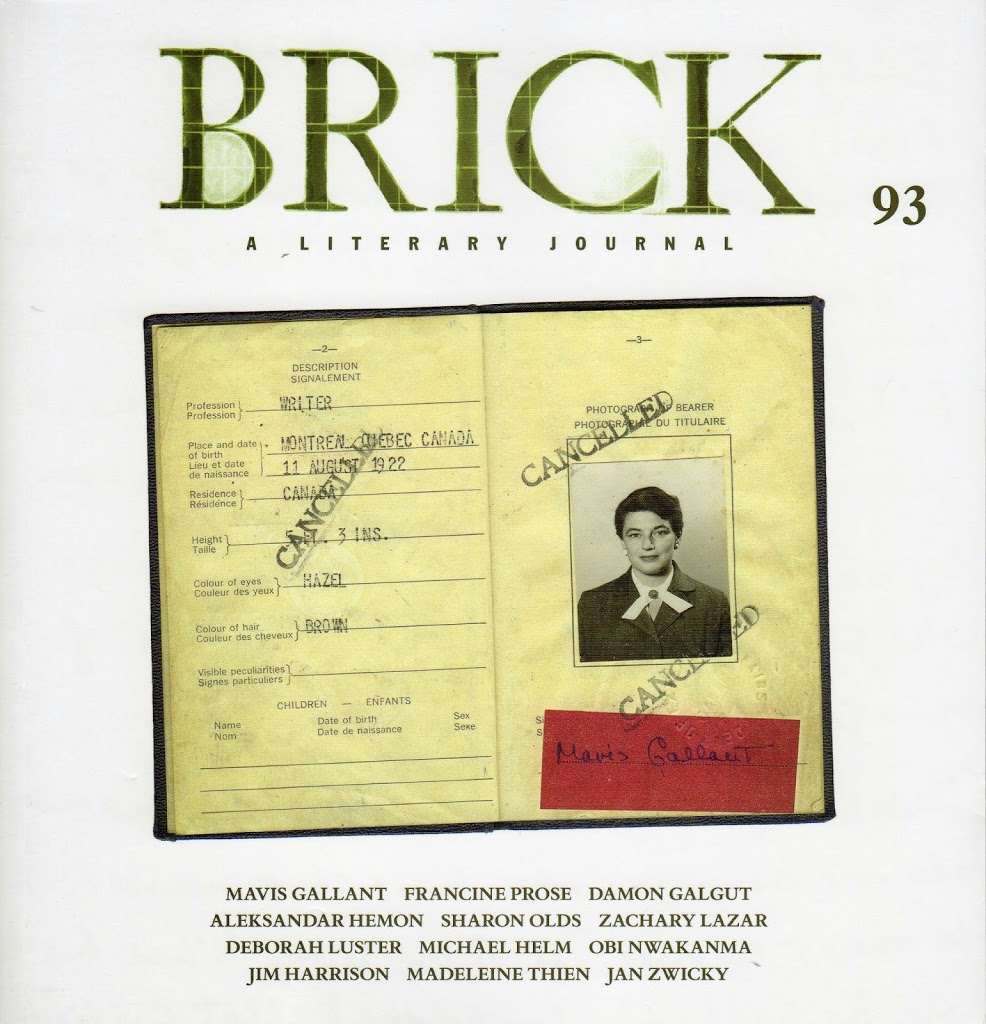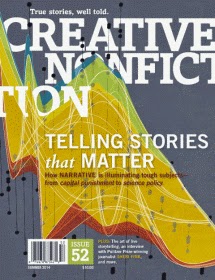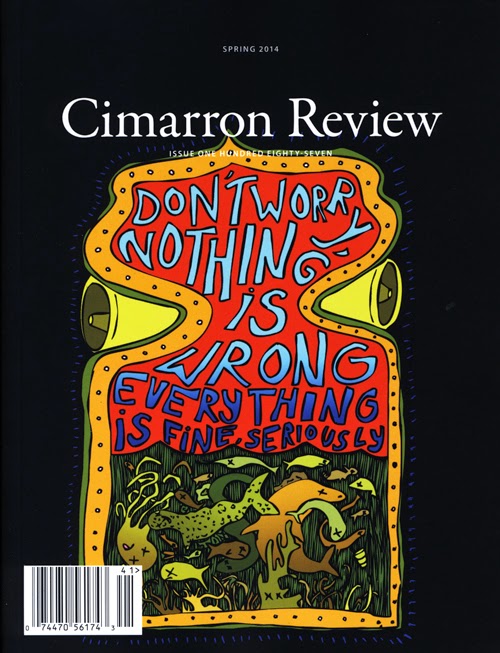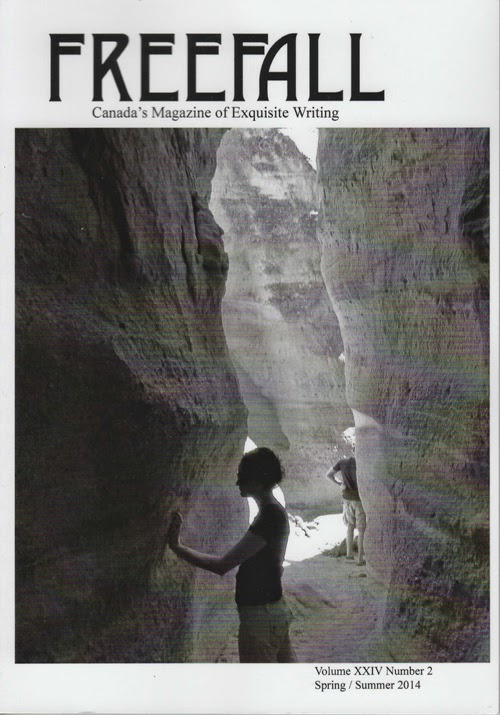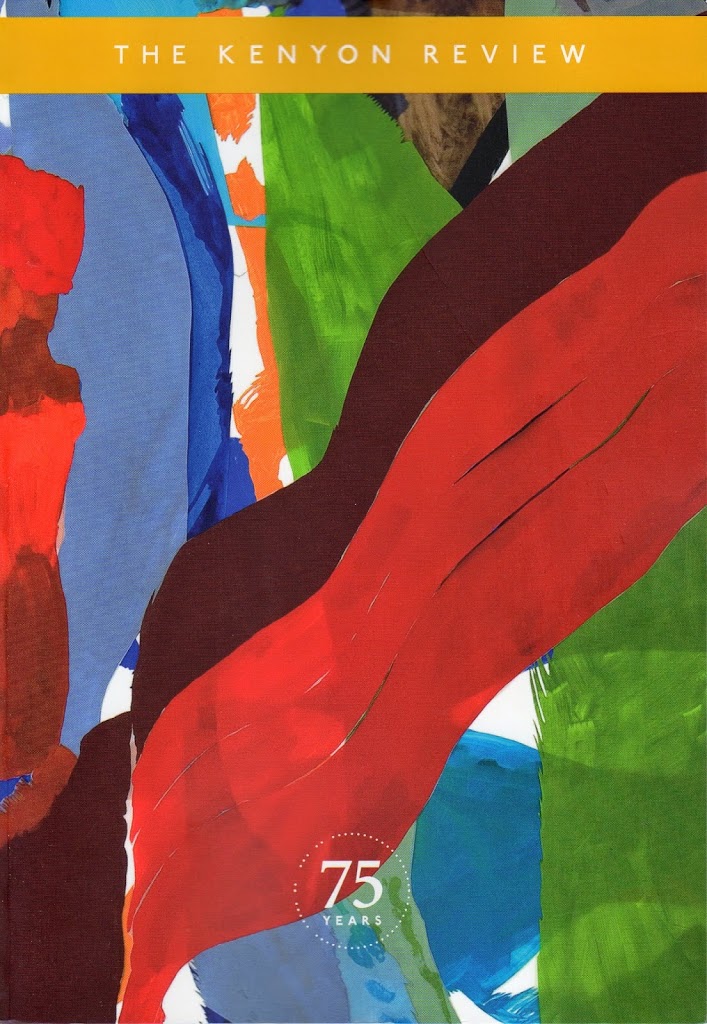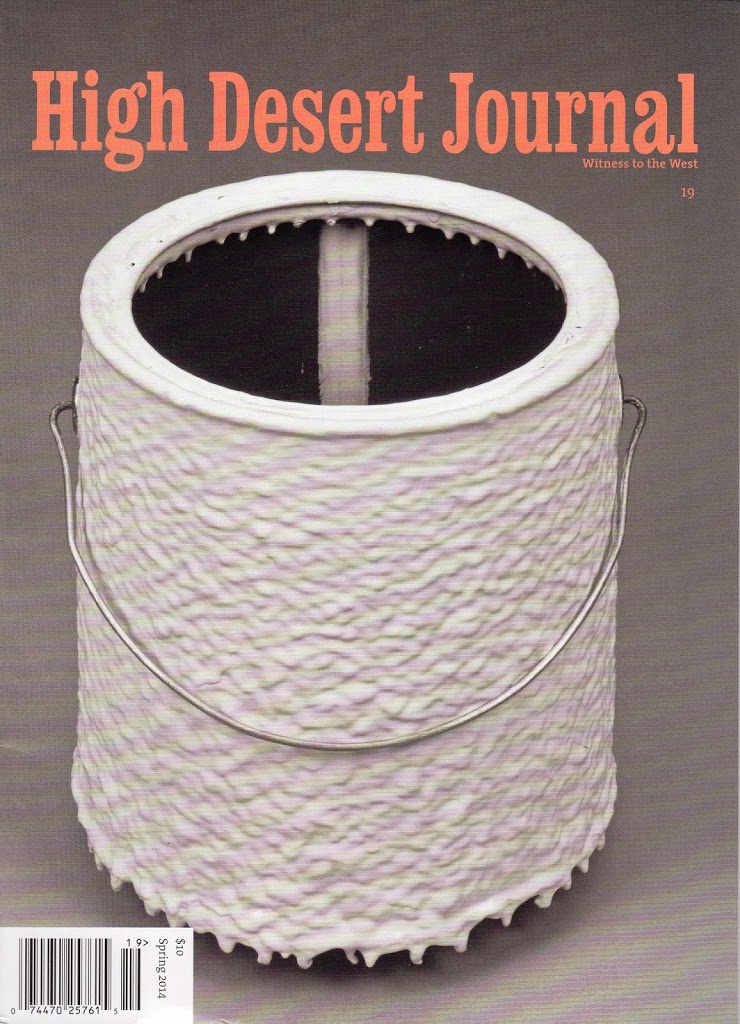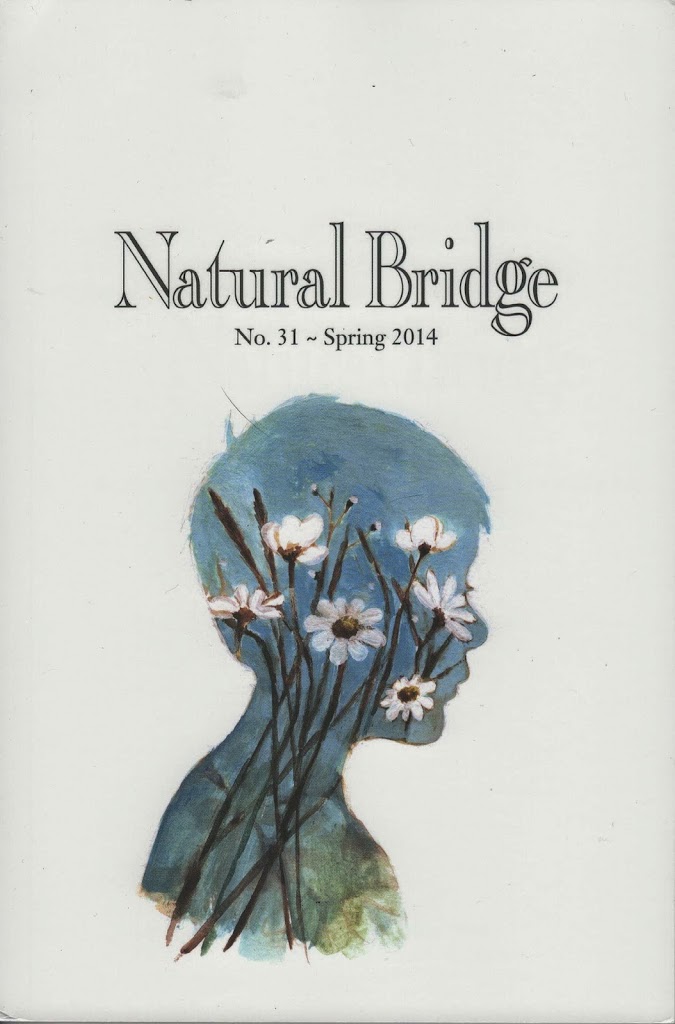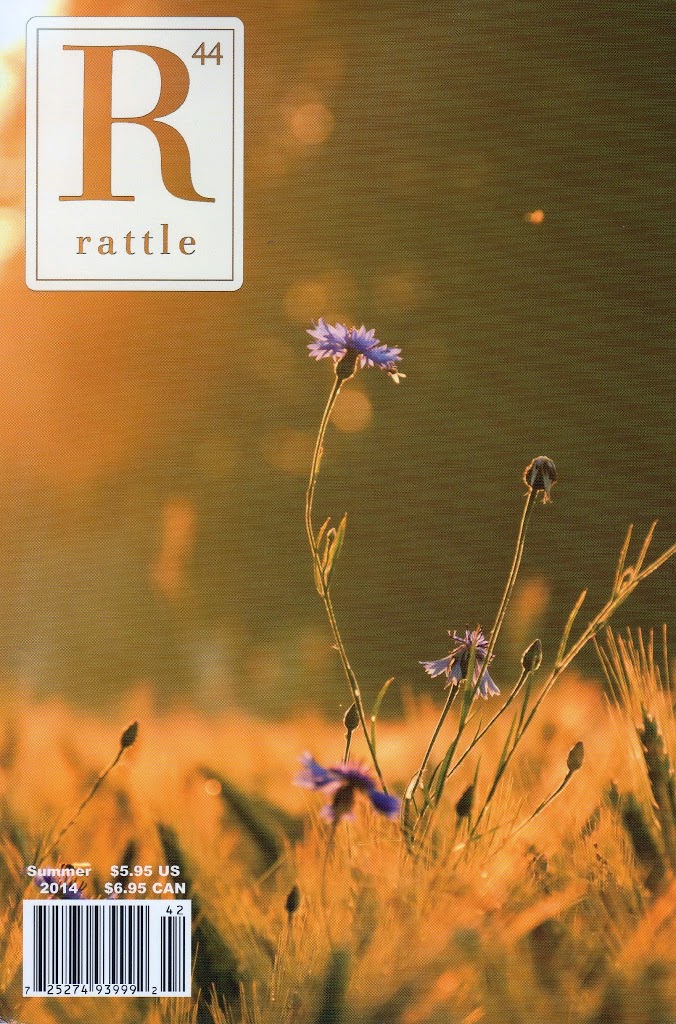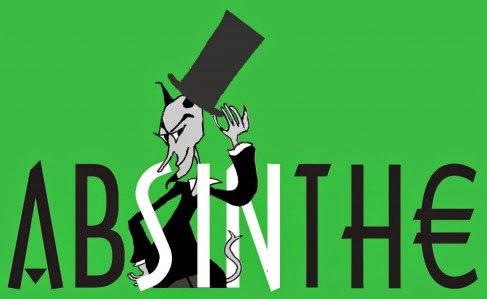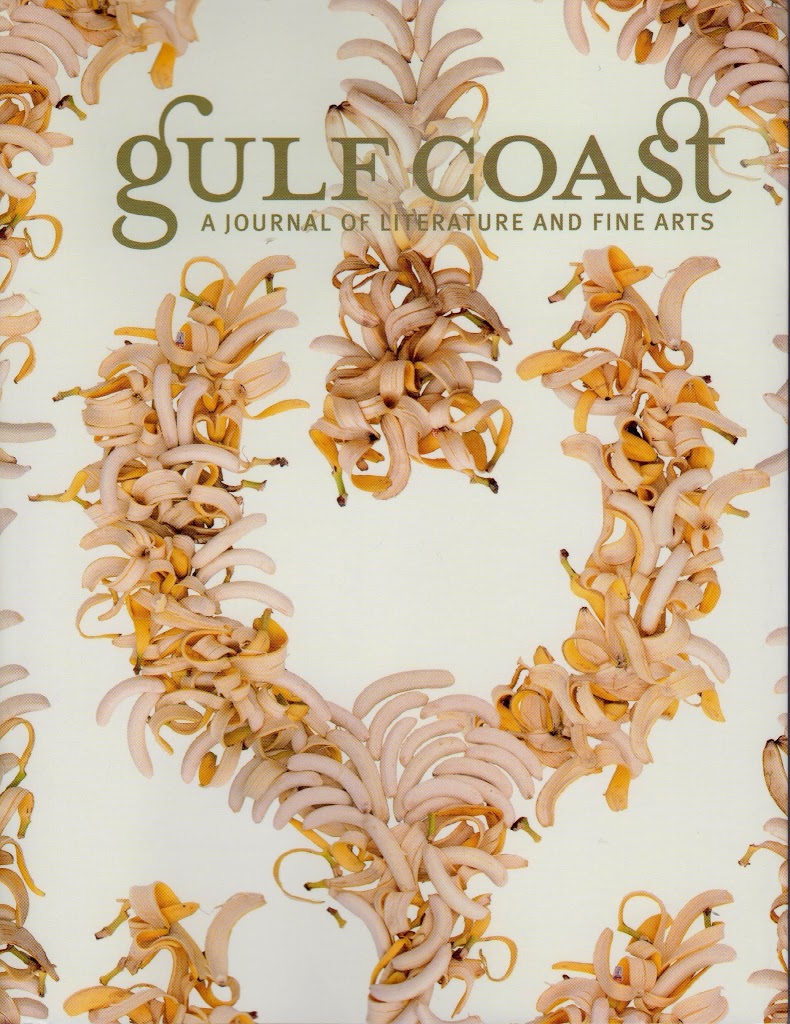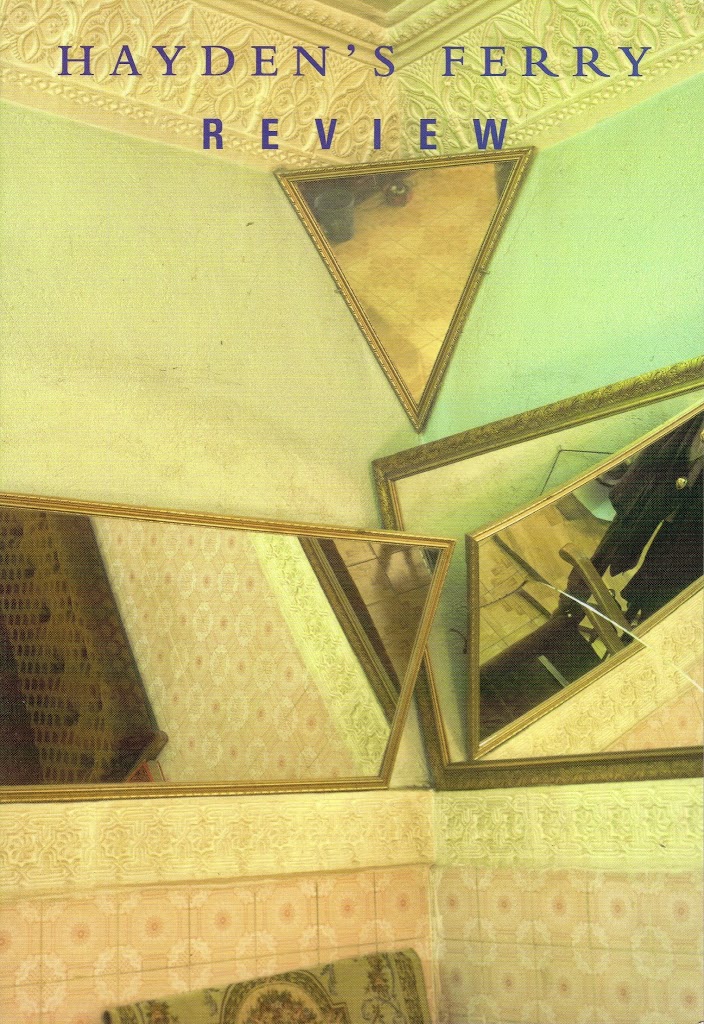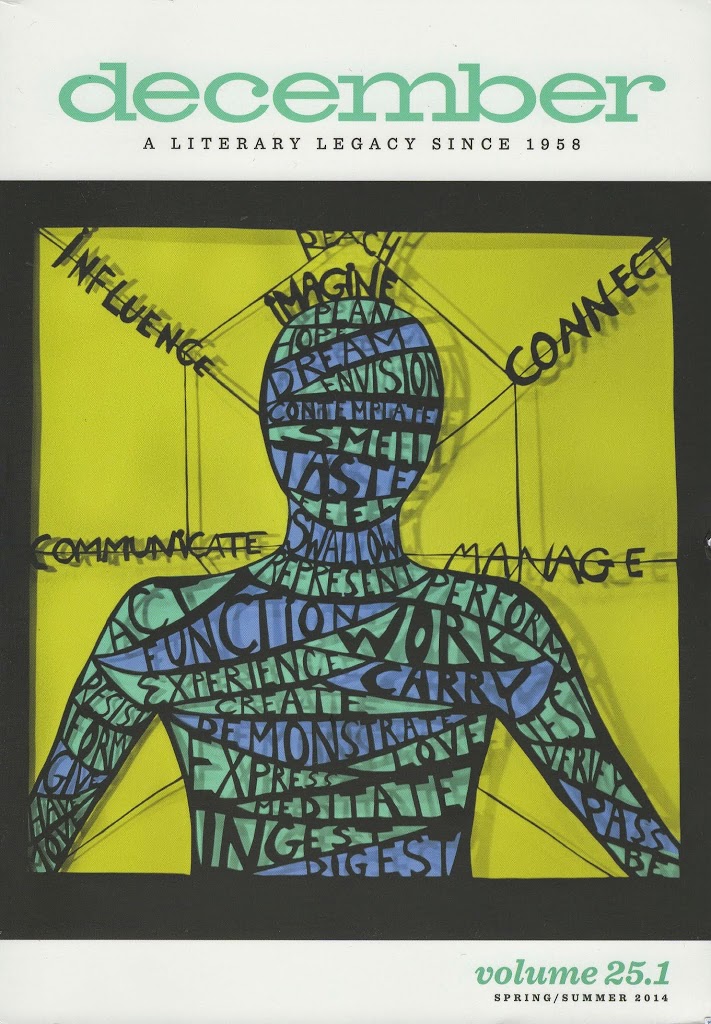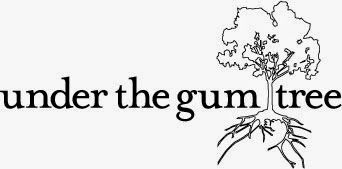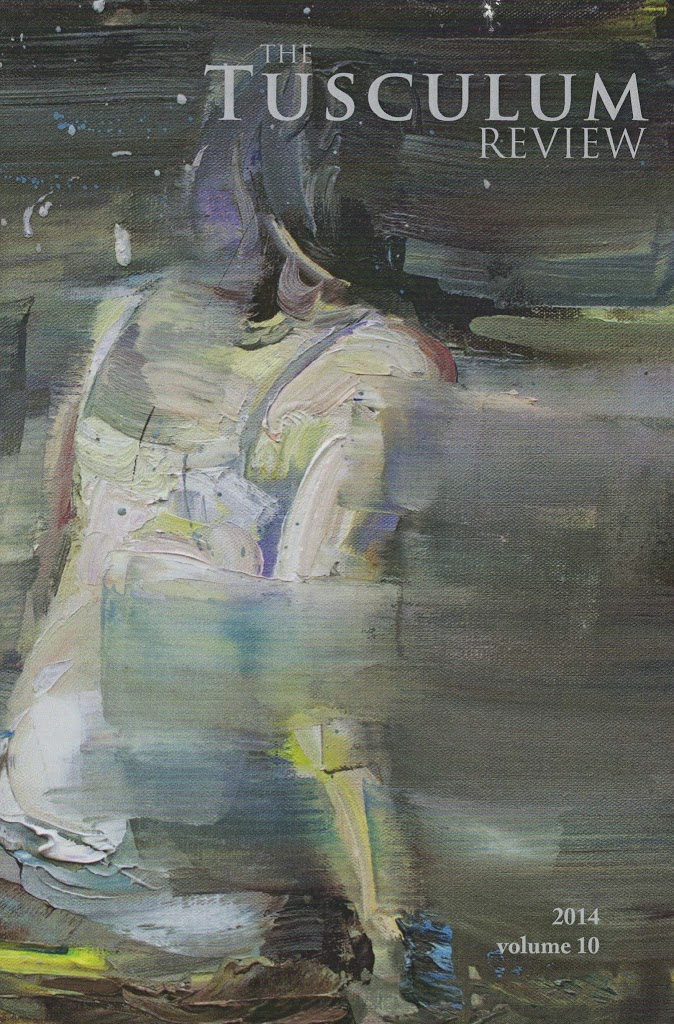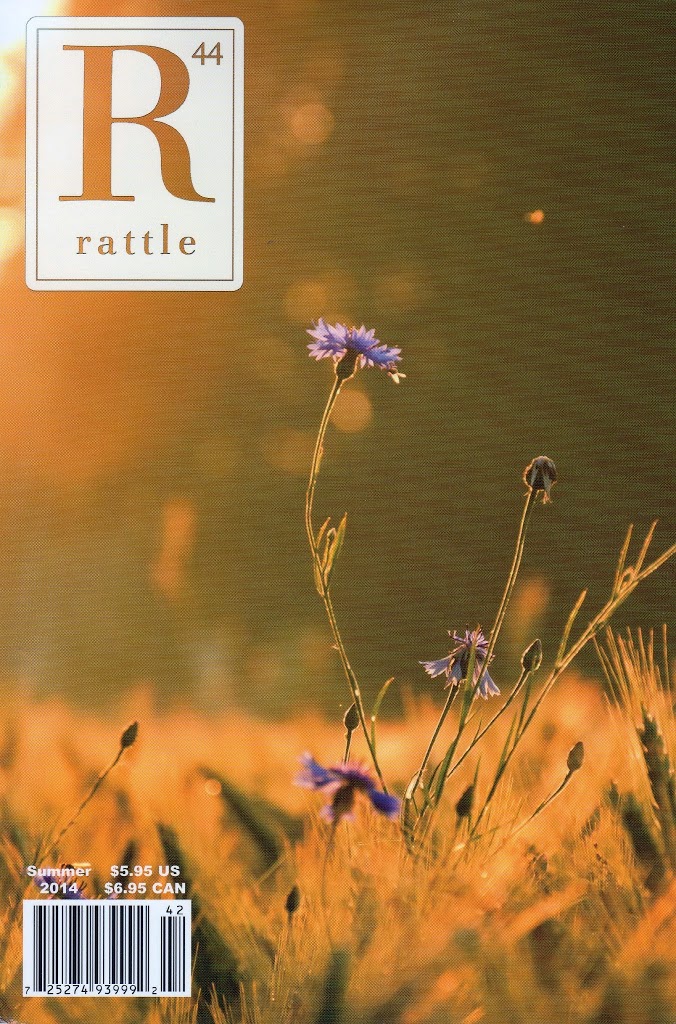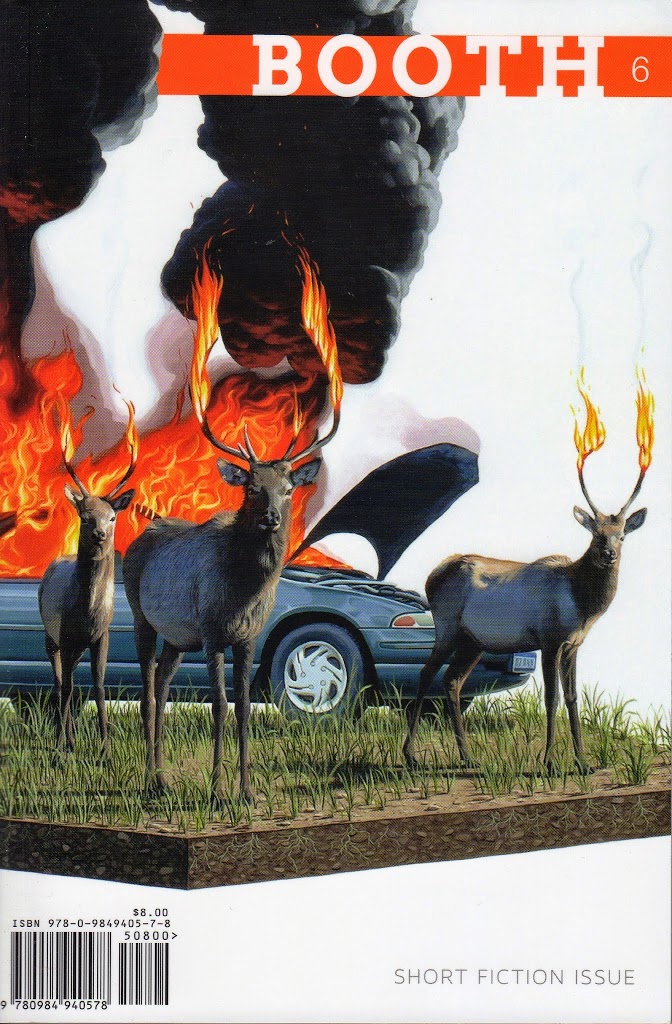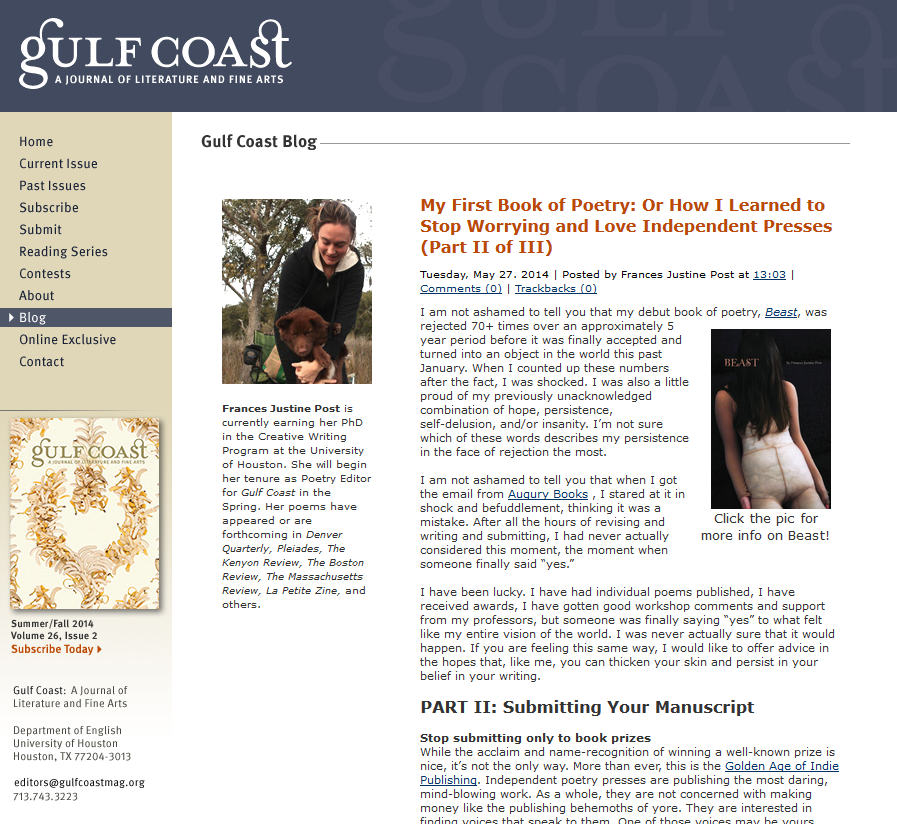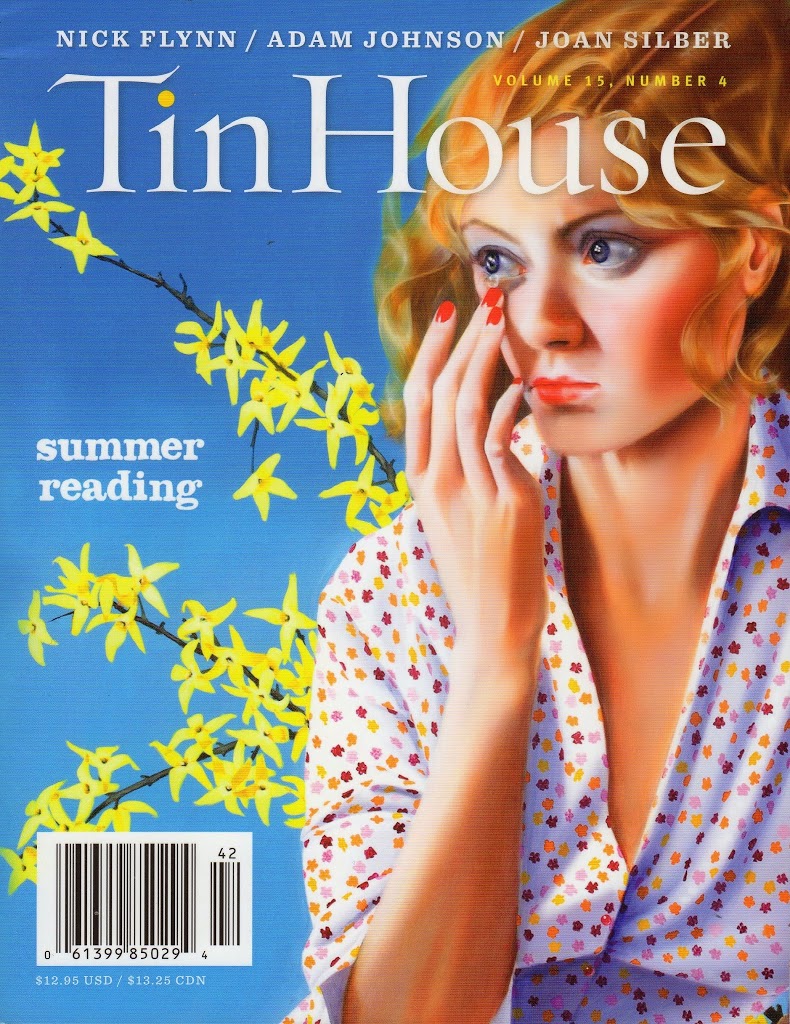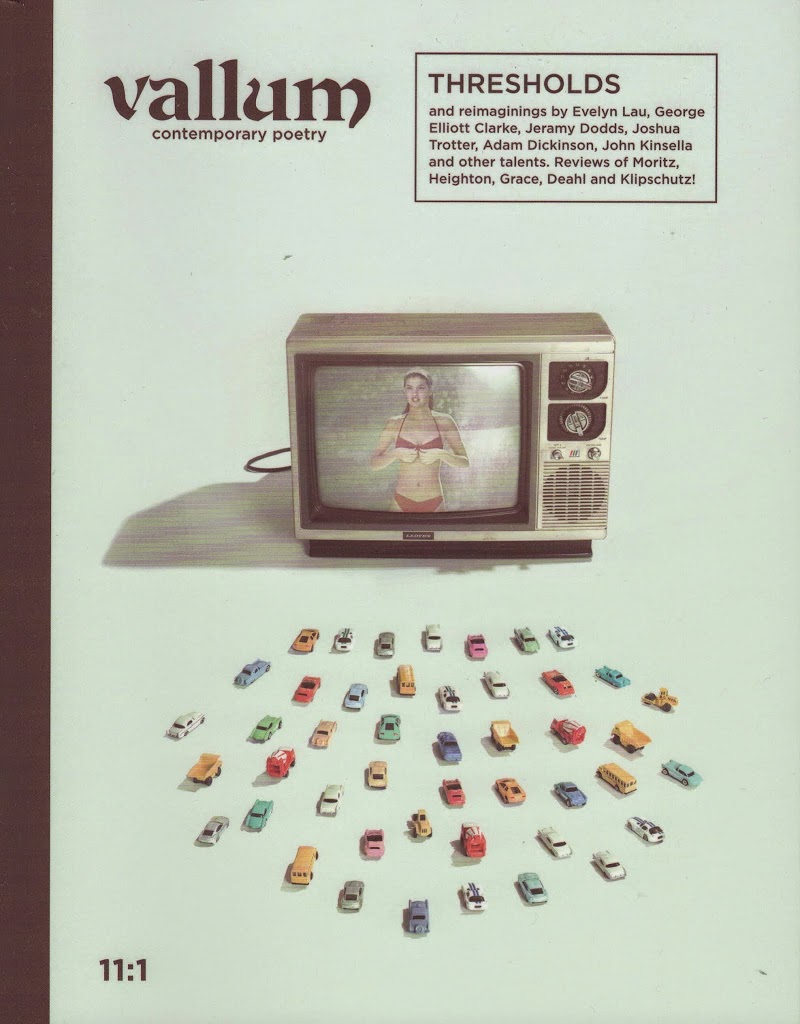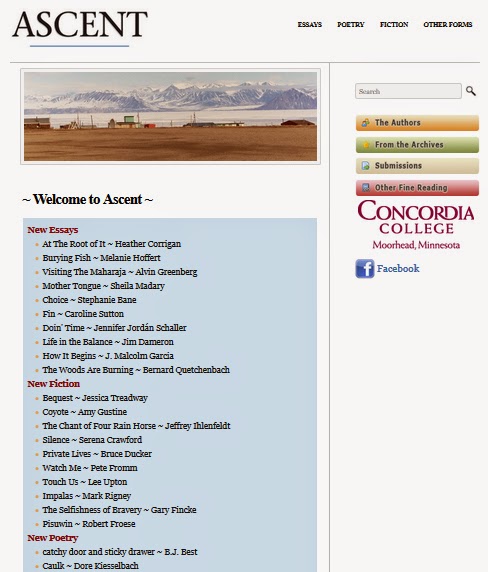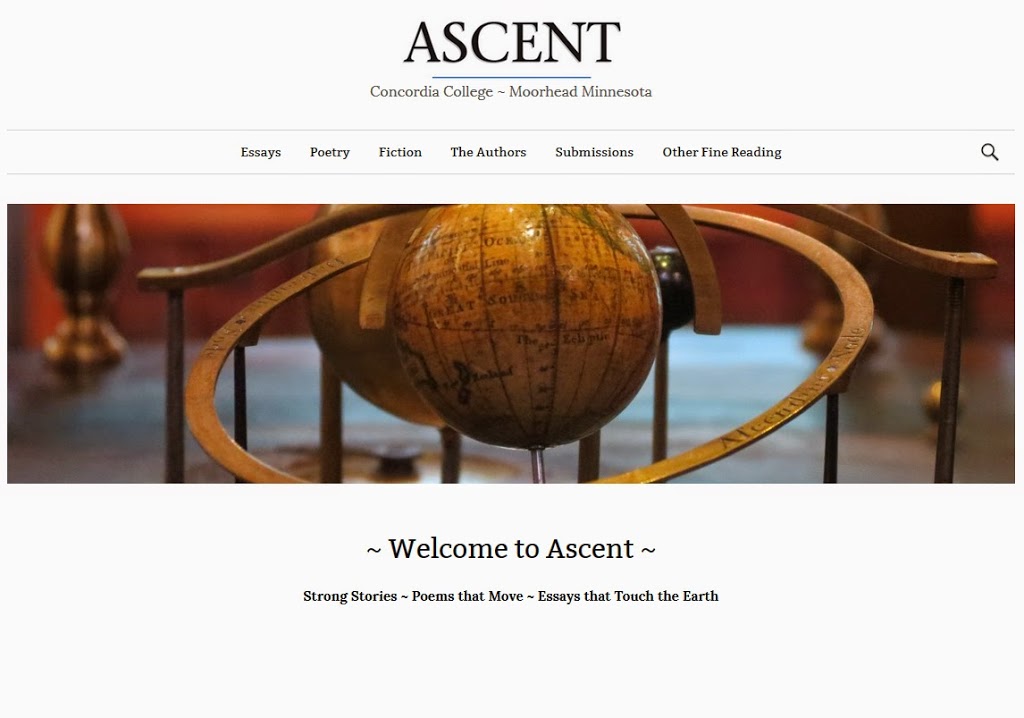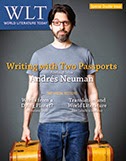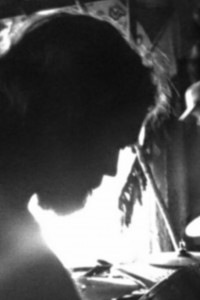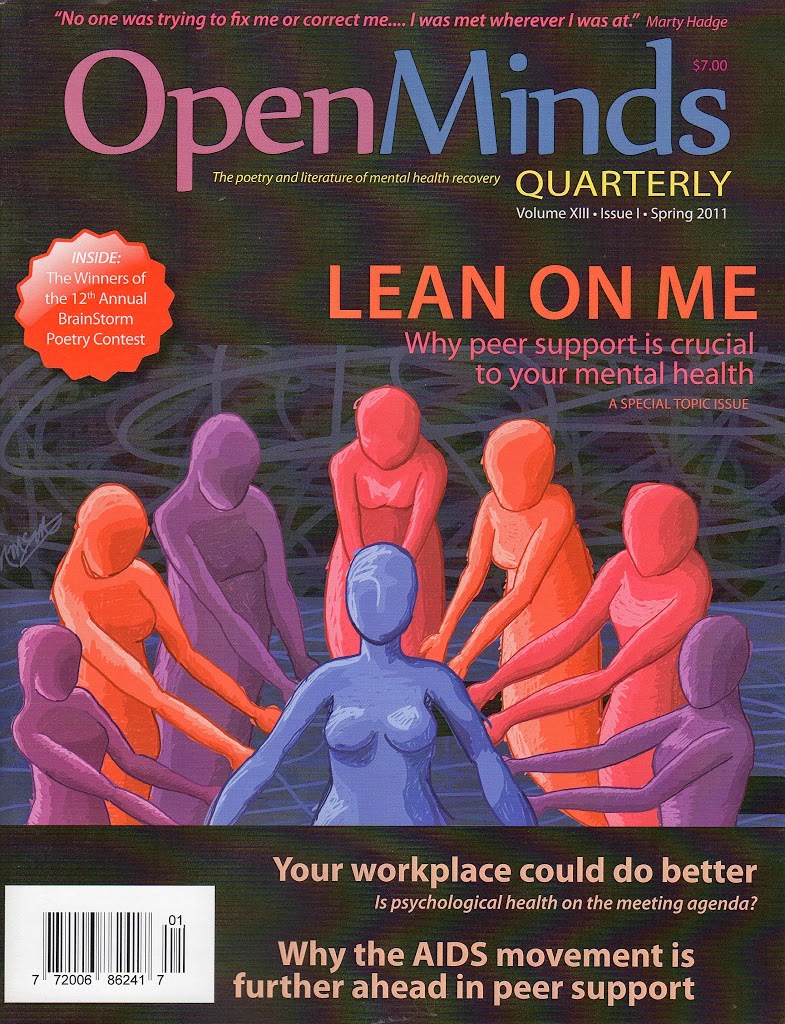Brick Celebrates Mavis Gallant
Right from the front cover (her passport) of the new issue of Brick, you can tell that this issue means to celebrate Mavis Gallant. And as you open the issue, you get a quote from her before you delve into the issue itself: “I have lived in writing, like a spoonful of water in a river.”
It starts with a short piece by the editors that discusses “Working with Mavis Gallant” as in 2007, they published an interview with her, conducted in French and then translated. Gallant called many times to make corrections and work on editing the interview, eventually relinquishing the care of the work to Tara Quinn. “There would be no more auspicious a start to life at Brick than to be show by Mavis Gallant how to edit an interview,” Quinn and Nadia Szilvassy write. “The experience informed how we edited all interviews in issues to come. The voice had to come through wit ha force equal to that of Mavis on that first phone call. We’d all do well to keep listening.”
The issue continues with four more pieces “For Mavis Gallant” from Michael Helm, Francine Prose, Alison Harris, and Michael Ondaatje.

